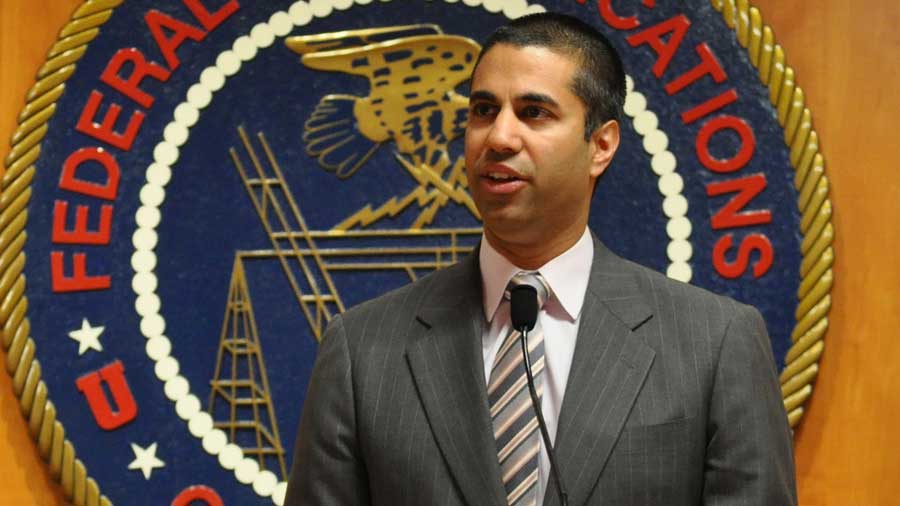Pai Proposes Own Lifeline Revamp

FCC Chairman Ajit Pai is proposing some major changes to the Lifeline subsidy that supports communications services for lower income residents.
The FCC revamped the program under previous chairman Tom Wheeler, but Pai opposed not only many of the changes but the process that produced them, including the collapse of a last-minute bipartisan deal between the Republicans and Democratic Commissioner Mignon Clyburn.
Under Pai's proposal, which includes an order, a proposed order and an inquiry, the FCC would--in the order part--"clarify" that premium Wi-Fi did not qualify as mobile broadband under the subsidy, increase the portability of Lifeline service among carriers and target support for rural areas on tribal lands only to those lands.
Related: FCC to Vote on ATSC 3.0 Nov. 16
There is also an accompanying notice of proposed rulemaking (a proposed order) that seeks comment on, among other things, capping the program--the most contentious issue in the previous Lifeline revamp--ending preemption of states' role in eligible telecommunications carrier designations, proposes to target lifeline to facilities-based broadband capable nets offering voice and broadband--the FCC has been migrating its telecom subsidies from voice to broadband over the past several years.
The cap proposal would be self-enforcing. One option would be to project disbursements for a six-month period and and reduce disbursements to keep under within budget, or allow for spending more in one period, and cuts in the next.
It would also seek comment on improving the eligibility verification and recertification process. One of the things Pai did early one was to revoke the most recent round of certifications until the FCC addressed the verification issue. Pai's stated goal is to prevent waste, fraud and abuse, something he has long targeted in the program, though critics of the deal suggested it was a draconian hit on lower income residents denied service.
Finally there is a notice of inquiry, sort of a fact-finding prelude to a possible rulemaking proposal--seeking comment on better targeting the funds to those who need it most.
An FCC official, asked during a background briefing on the item to respond to criticisms that the goal of the item was to downsize the subsidy, the official suggested that what it was trying to do was to downsize the waste, fraud and abuse, while making sure the subsidy was targeted to those who really needed the support.
The tripartite item is on the agenda for a Nov. 16 vote.
Broadcasting & Cable Newsletter
The smarter way to stay on top of broadcasting and cable industry. Sign up below
Back in June, the Government Accountability Office released a report that identified big problems with the Lifeline program. For example, GAO was unable to confirm whether 36% of the 3.5 million individuals it reviewed (or some 1.2 million) individuals actually participated in any of the qualifying programs, like Medicaid, that they stated on their applications for the subsidy.
In a split decision, with the Republicans strongly dissenting, the FCC in March 2016 voted on Lifeline reforms—including migrating it to broadband—that Pai thought did not sufficiently address the issues of waste, fraud and abuse.
Pai was particularly unhappy that the compromise struck between the two Republicans and Clyburn fell apart virtually at the last minute. It would have capped the fund, something Republicans argue is a key step in controlling waste, fraud and abuse.
Contributing editor John Eggerton has been an editor and/or writer on media regulation, legislation and policy for over four decades, including covering the FCC, FTC, Congress, the major media trade associations, and the federal courts. In addition to Multichannel News and Broadcasting + Cable, his work has appeared in Radio World, TV Technology, TV Fax, This Week in Consumer Electronics, Variety and the Encyclopedia Britannica.

